It’s tingling, spicy, and garlicky – that’s what you get with a bowl of Sichuan wontons drenched in chili oil and spices. Experience Sichuan street food with this easy-to-follow recipe. Simply make the soup base, cook the wontons, and combine the soup and wontons.
What Are Sichuan Wontons?
Wontons (馄饨) are famous for their translucent skin and chewy texture. It is a popular dim sum dish that has many variations, depending on the cooking method, filling, and sauce. You can find steamed, boiled, and fried wontons paired with a savory soup or sauce.
The filling options are endless, from pork wonton, beef wonton, and shrimp wonton. It can be eaten alone or with a delicious dipping sauce, such as soy sauce, sweet chili sauce, chili oil, or one of Four Dumpling Sauce Recipes: garlic-flavored dipping sauce, chili-infused dipping sauce, sesame dipping sauce, and hot wasabi dipping sauce.
In this recipe, I’m making spicy wontons in chili oil, also known as “hong you chao shou.”
It’s worth mentioning that Sichuan Wontons have a unique character and are distinct from Sichuan dumplings, another popular dish in the region.
Choose your favorite wonton recipe and pour the soup base made with garlic, chili oil, green onions, coriander, salt, chicken bouillon powder, Sichuan peppercorn flakes, Sichuan peppercorn oil, light soy sauce, and vinegar. Throw in some greens, such as napa cabbage, bok choy, or Chinese broccoli. Enjoy the wonton’s hot and numbing sensation as you eat it with rice or noodles.
Where To Get Wontons For Sichuan Wonton Recipe?
Frozen wontons are typically available in the frozen section of most local grocery stores or Asian grocery stores. You can choose your preferred wonton style, such as beef, shrimp, pork, and pork and shrimp. Buying store-bought wontons will make the recipe easier and faster to do.
However, if you can’t find store-bought wontons or simply prefer freshly made ones, I recommend making your own by following my recipes. Making wontons calls for mixing the filling, wrapping the filling with a wonton wrapper, and cooking the assembled wontons by steaming, boiling, or frying. You can wrap the filling in several ways by following my guide on 5 Easy Ways To Fold A Wonton.
Here are some filling varieties you can try from both my wonton and dumpling recipes:
Where To Get Wonton Wrappers?
Should you decide to make your own wontons, you will need wonton wrappers as well. These are bought in the refrigerated section of Asian stores or local grocery stores with an international section. It is often bought in small square cuts.
Again, if you like everything freshly made, I recommend learning How To Make Authentic Wonton Wrappers. Wonton wrappers need eggs (or eggless), flour, and cornstarch to make the dough. The dough requires kneading, resting, and shaping into square cuts.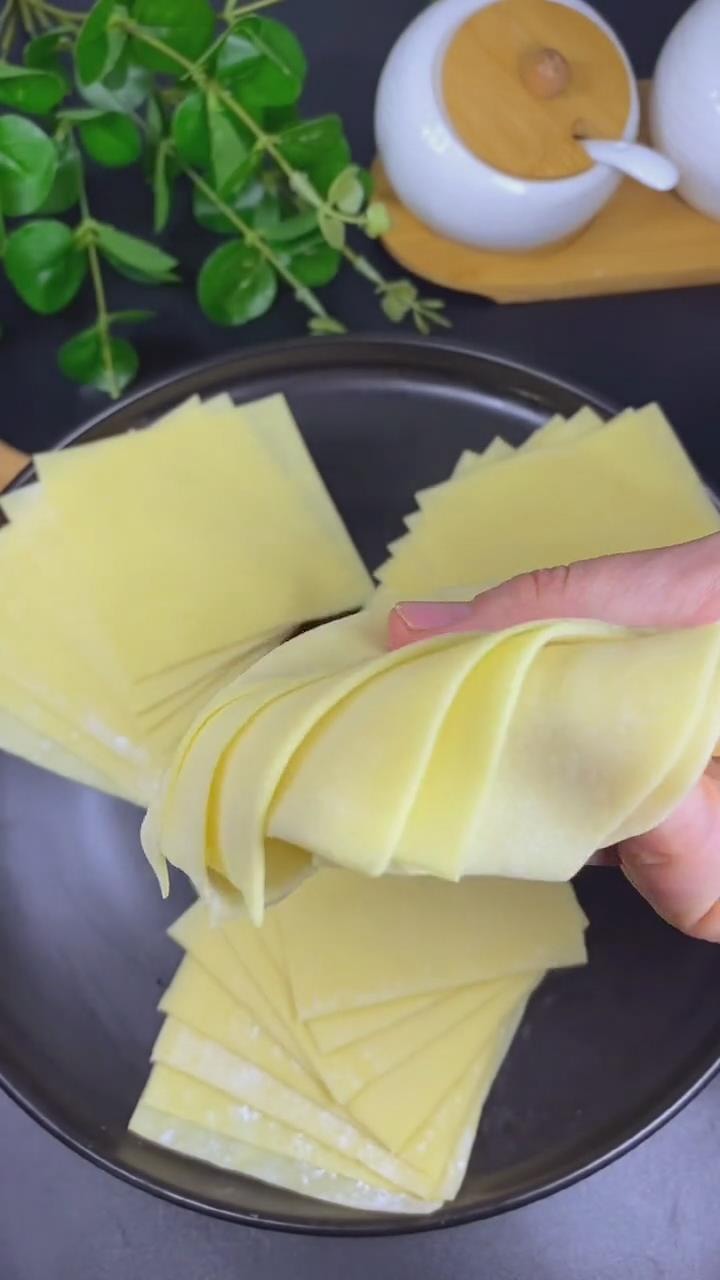
Now if it is your first time handling wonton wrappers, there are a few things you should know about it. When handled incorrectly, it can ruin your wontons when cooked, such as tearing or sticking. Here are a few tips and tricks to ensure the success of your Sichuan wontons:
- Ensure proper storage: Store it in an airtight container and keep it in the fridge for a week or in the freezer for about three months. When storing, make sure it is well-coated with cornstarch. In this way, it prevents the wrappers from sticking together.
- Avoid a runny filling: When the filling is too wet, it can soak up the wrapper and make it weaker, causing it to tear easily. Add cornstarch or flour to make the filling drier but still moist.
- Keep it dry, but not dried out: Avoid placing the wonton wrappers on a wet surface. Otherwise, the wonton wrappers will be too wet for folding and cause it to tear. Folding all the wontons takes time, so it is inevitable that the rest of the wonton wrappers will be exposed for a while. Exposing the wonton wrappers to air for too long will cause them to dry out. If the wonton wrappers become too dry, they will be too stiff to fold and break easily. To prevent them from drying out while keeping them moist and soft, cover them with a damp paper towel.
- Seal it well: Whichever folding method you choose, make sure it is properly sealed by pinching the edges together. If the wontons need help in sealing, you can lightly smear the edges with a bit of water before pressing and pinching to seal.
- Avoid air and overloading the wrapper: As you close the wonton wrapper, make sure there is no air left inside. Leaving air pockets may cause the wonton to inflate while cooking and burst open. Moreover, the wrappers should be filled with about 1 to 2 teaspoons of filling. Overloading the wrappers risks breaking open the wonton wrappers as you cook.
- Dust with cornstarch or place on parchment paper: Wonton wrappers tend to stick on plastic or glass surfaces. Once it sticks, you risk tearing the wrappers as you try to lift it from the surface. You can prevent this scenario by placing the assembled wontons on parchment paper or any non-stick container. Alternatively, you can also lightly dust the surface with cornstarch.
- Avoid overloading the pot: Do not put too many wontons in the pot for boiling. You want the wontons to have enough space to move around the pot to avoid sticking together.
How To Store Sichuan Wontons
If you plan to make Sichuan wontons in advance, I recommend keeping them in the freezer for a longer shelf life. Cooked wontons can be stored in the fridge for up to three days and in the freezer for more than a month. For uncooked wontons, it is best to store it in the freezer by following these steps:
- Prepare your tray or flat container lined with parchment paper.
- Place the uncooked wontons in a single layer.
- Freeze the wontons until they are fully frozen.
- Then, transfer them in an airtight freezer bag. No need to line in a single layer since these are safe to stack without worrying about sticking.
- To cook the frozen wontons, boil it directly without needing to thaw.
For the soup base without vegetables, you can store it in the fridge for about a week. Use an airtight container to preserve its quality as long as possible.
A Breakdown Of The Recipe Ingredients And Alternatives
Apart from the wontons, what stand out as the most important ingredients are the soup’s chili oil and Sichuan peppercorns. These are the special flavors needed to have a taste of Sichuan cuisine, so I suggest keeping these ingredients. As for the rest of the ingredients, it is easy to replace them with the closest alternatives as detailed below.
- Wontons: Choose your favorite wonton style, from pork to beef and shrimp. Make your homemade version with my recipes or buy ready-made wontons in the grocery store. In this recipe, the wontons are cooked by boiling before adding the soup base.
- Soup base: The soup base ingredients are the following:
- Garlic: The soup gets its nutty and pungent flavors with minced garlic. If you don’t have garlic but want the garlicky flavors, you can substitute 1 clove of garlic with 1/8 tsp of garlic powder or 1/4 tsp of granulated garlic. Adding Crispy Fried Garlic is also an excellent alternative.
- Chili oil: Chili oil is packed in glass jars and is available in most grocery stores. You can also make your own by following my chili oil recipe. This chili oil recipe is the full version made with several spices. If you prefer a shorter version, you will need only 3 ingredients: chili flakes, white sesame seeds, and hot oil. This quick and easy version of chili oil is what I also used for my Szechuan dumpling recipe.
- Green onion: Green onions or spring onions impart a slight sweetness and onion taste to the soup. If you don’t have green onions, you can swap this with chives, shallots, white onions, yellow onions, or red onions.
- Coriander: Fresh coriander leaves have a tart and lemon-like taste. Use fresh coriander leaves or coriander powder. You can also substitute this with parsley, mint, or basil.
- Salt: Adding salt enhances the soup by bringing out the ingredient flavors and aroma. Use pink salt, kosher salt, or sea salt.
- Chicken bouillon powder: Bouillon cubes or powder add an in-depth flavor to the soup. You can use chicken bouillon powder or swap it with vegetable powder, canned broth, or Italian seasoning mix.
- Sichuan peppercorn flakes: This is a key ingredient that cannot be easily replaced since it has a unique tingling and numbing sensation. Moreover, it imparts a slightly floral and lemon-like taste. You can get this in the spice section of most grocery stores or online markets like Amazon. If you have no choice but to replace this, you can use other flakes like red pepper flakes or Gochugaru chili flakes. However, these substitutes will only add heat and won’t impart the unique numbing effect of Sichuan peppercorn flakes.
- Sichuan peppercorn oil: This adds an extra kick of aroma and flavor. You can easily make this yourself by toasting the peppercorns in a pan until aromatic, grinding the toasted peppercorns, and pouring hot oil over them. Strain the peppercorns and use the oil for this recipe. If you don’t have Sichuan peppercorn oil, replace it with regular oil like sesame oil, peanut oil, soybean oil, or vegetable oil.
- Light soy sauce: Light soy sauce adds salty and umami flavors to the soup. But if you want to make it more flavorful, I recommend swapping this with Sweet Soy Sauce. You can make Sweet Soy Sauce following my recipe; believe me, it is worth the effort. Other alternatives for light soy sauce are dark soy sauce, tamari, liquid aminos, coconut aminos, and gluten-free soy sauce.
- Vinegar: Vinegar is great for an additional sour and tart taste. You can use regular white vinegar, apple cider vinegar, or rice vinegar. For something more Asian, I recommend Chinese black vinegar, which is fruity, tangy, and slightly sweet.
- Water: The soup ingredients are diluted in water. The water I used is the boiled water from boiling the wontons and vegetables. So, make sure not to throw away the boiled water after cooking the wontons for a better soup flavor.
- Vegetables: Choose any of your favorite vegetables. This makes the soup healthier with added fiber and nutrients. It is added last to avoid overcooking it and making it soggy. I recommend napa cabbage, bok choy, Chinese broccoli, or yu choy.
- Garnish: Top the finished soup with garnish, such as chopped green onions, white sesame seeds, and more coriander.
Checklist Of Ingredients And Kitchenware
Prepare a pot for boiling the wontons and a serving bowl for the soup. Use a strainer spatula to fully drain the wontons after boiling. For the ingredients, here’s what you need to prepare:
- 20 pieces of wontons (or more)
- Sauce base
- 1 tbsp of minced garlic in a bowl
- 2 tbsp of chili oil
- 1 tbsp of chopped green onions
- 1 tbsp of fresh coriander leaves
- 1/2 tsp of salt
- 1/2 tsp of chicken bouillon powder
- 1/2 tsp of Sichuan peppercorns flakes
- 1 tsp of Sichuan peppercorn oil or sesame oil
- 1 tbsp of light soy sauce (or Sweet Soy Sauce)
- 1 tbsp of vinegar
- 1-2 scoops of boiled water (water from the boiled wontons)
- A bunch of your preferred vegetables
- Garnish (optional: green onions and sesame seeds)
Step-By-Step Instructions To Make Sichuan Wontons
Make the sauce, boil the wontons, and assemble the soup – it’s that easy! Watch how I did it with my Instagram or TikTok tutorial video. Share your finished soup by tagging @kitchenmisadventures.
Let us know what you think about this recipe by leaving a comment in the comments section. Don’t forget to serve this soup with Chinese dishes like Traditional Chinese Egg Fried Rice (蛋炒饭) or Yang Chow Fried Rice (Yangzhou Fried Rice 扬州炒饭).
- In a bowl, mix the minced garlic, chili oil, chopped green onions, coriander, salt, chicken bouillon powder, Sichuan peppercorn flakes, Sichuan peppercorn oil or sesame oil, light soy sauce, and vinegar.
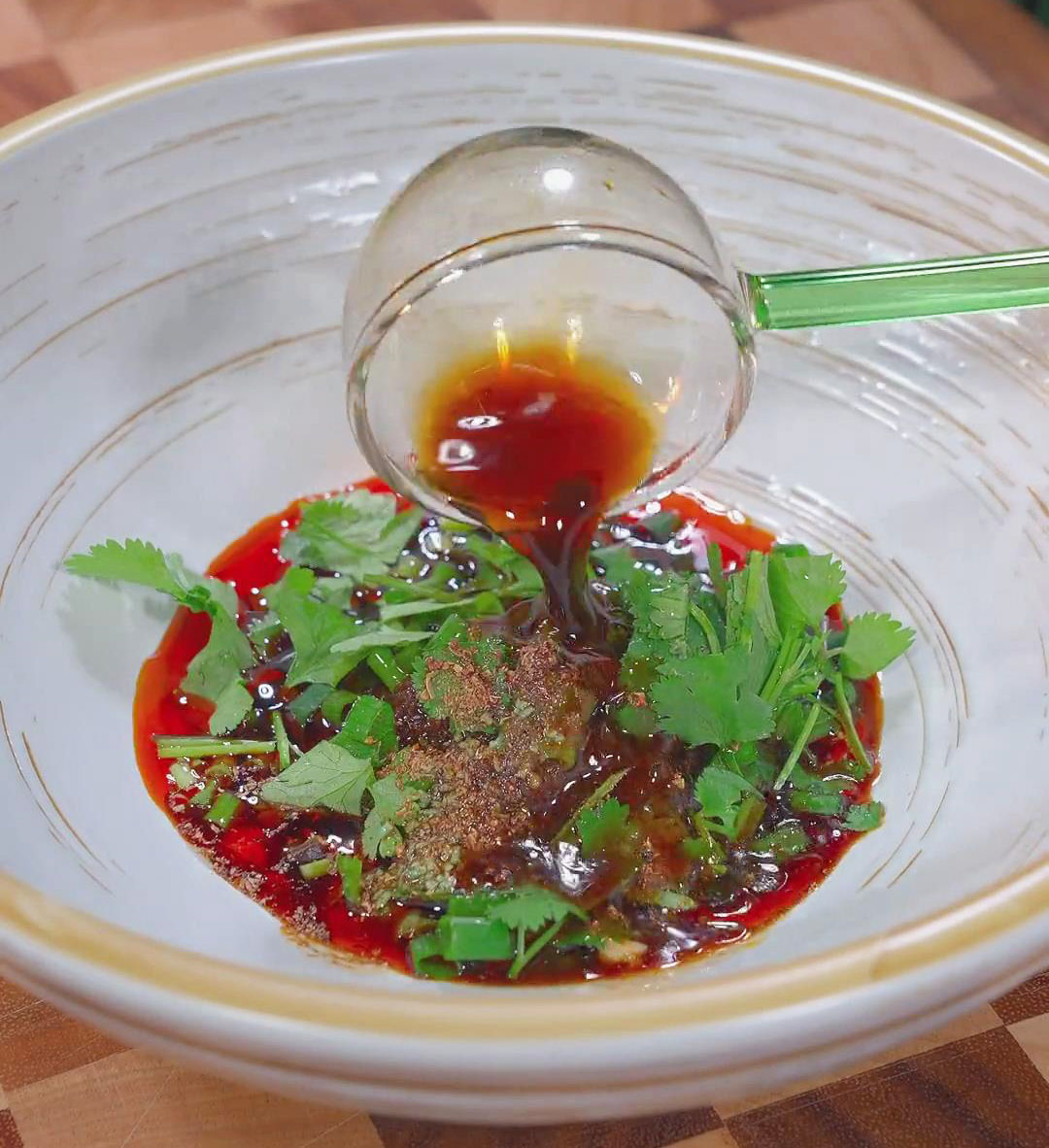
- Bring water to a boil and cook the wontons until they float. You can also steam the wontons by placing them in a steamer basket lined with parchment paper and steaming for 10 minutes once the water boils. If you don’t have a steamer, you can still steam without a steamer in 5 ways: pan with steamer rack, microwave, pan with sieve, rice cooker, and instant pot.

- Add your favorite vegetables and cook for a minute.
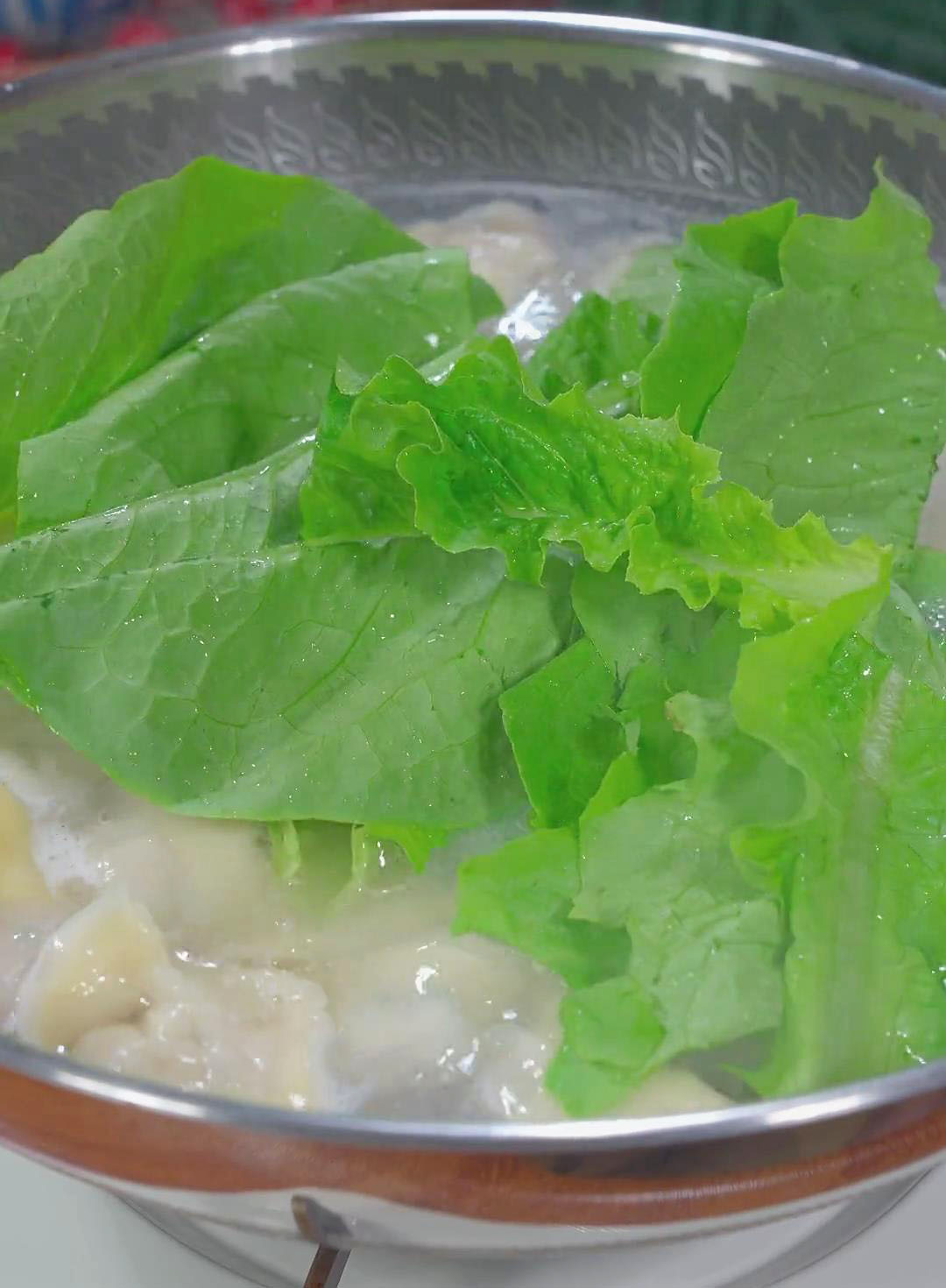
- Take a scoop of boiled water and pour it into the soup base.
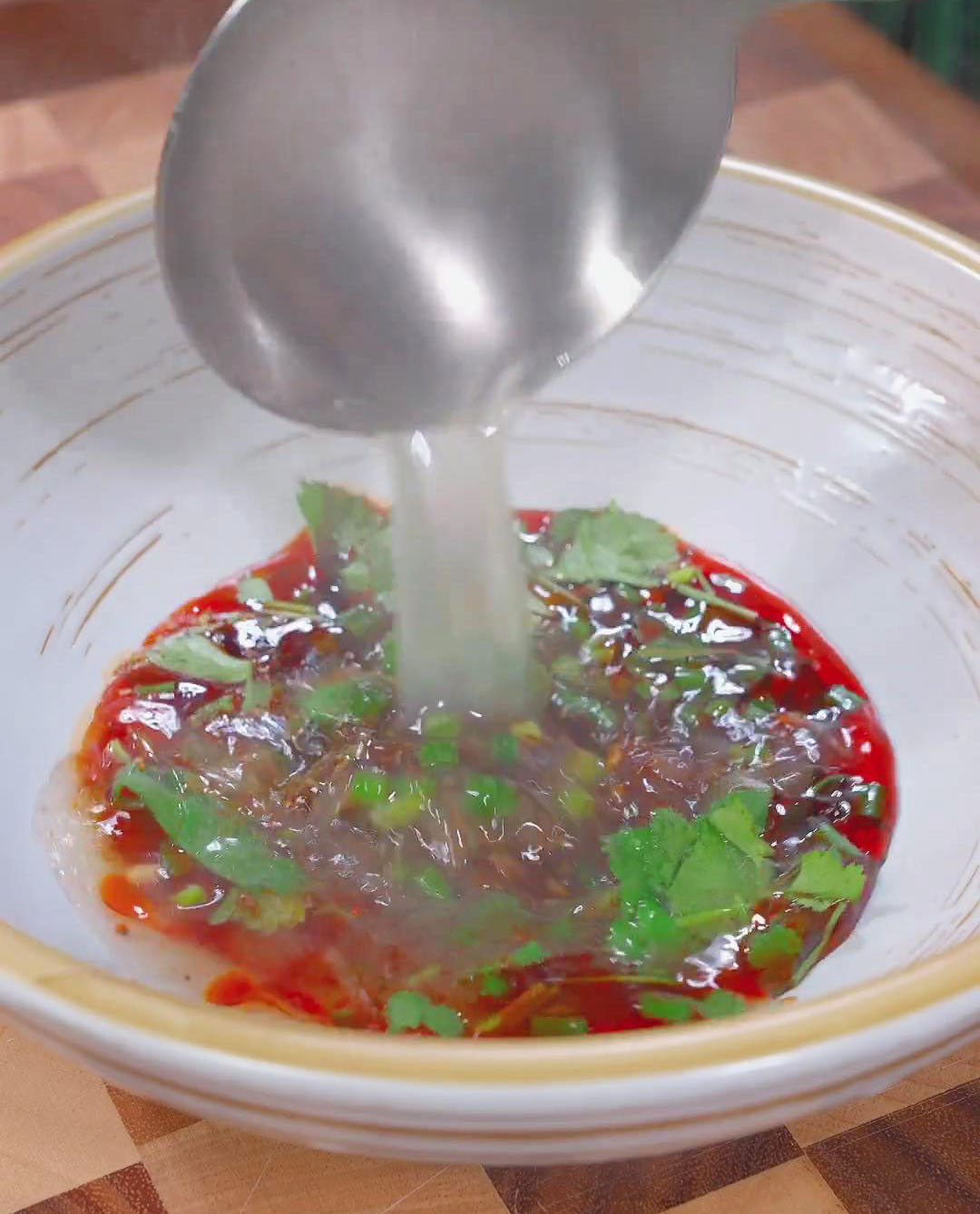
- Add the boiled wontons.

- Enjoy the soup while hot and freshly cooked!
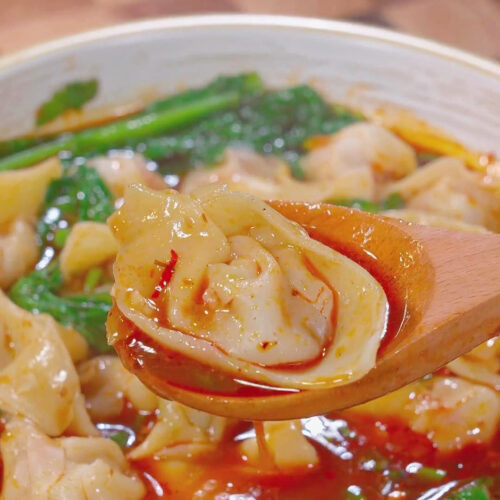
Sichuan Spicy Wontons In Chili Oil
Ingredients
- 20 pieces of wontons or more
- A bunch of your preferred vegetables
- Garnish optional: green onions and sesame seeds
Sauce base
- 1 tbsp of minced garlic in a bowl
- 2 tbsp of chili oil
- 1 tbsp of chopped green onions
- 1 tbsp of fresh coriander leaves
- 1/2 tsp of salt
- 1/2 tsp of chicken bouillon powder
- 1/2 tsp of Sichuan peppercorns flakes
- 1 tsp of Sichuan peppercorn oil or sesame oil
- 1 tbsp of light soy sauce or Sweet Soy Sauce
- 1 tbsp of vinegar
- 1-2 scoops of boiled water water from the boiled wontons
Instructions
- In a bowl, mix the minced garlic, chili oil, chopped green onions, coriander, salt, chicken bouillon powder, Sichuan peppercorn flakes, Sichuan peppercorn oil or sesame oil, light soy sauce, and vinegar.
- Bring water to a boil and cook the wontons until they float. You can also steam the wontons by placing them in a steamer basket lined with parchment paper and steaming for 10 minutes once the water boils. If you don't have a steamer, you can still steam without a steamer in 5 ways: pan with steamer rack, microwave, pan with sieve, rice cooker, and instant pot.
- Add your favorite vegetables and cook for a minute.
- Take a scoop of boiled water and pour it into the soup base.
- Add the boiled wontons.
- Enjoy the soup while hot and freshly cooked!
Nutrition

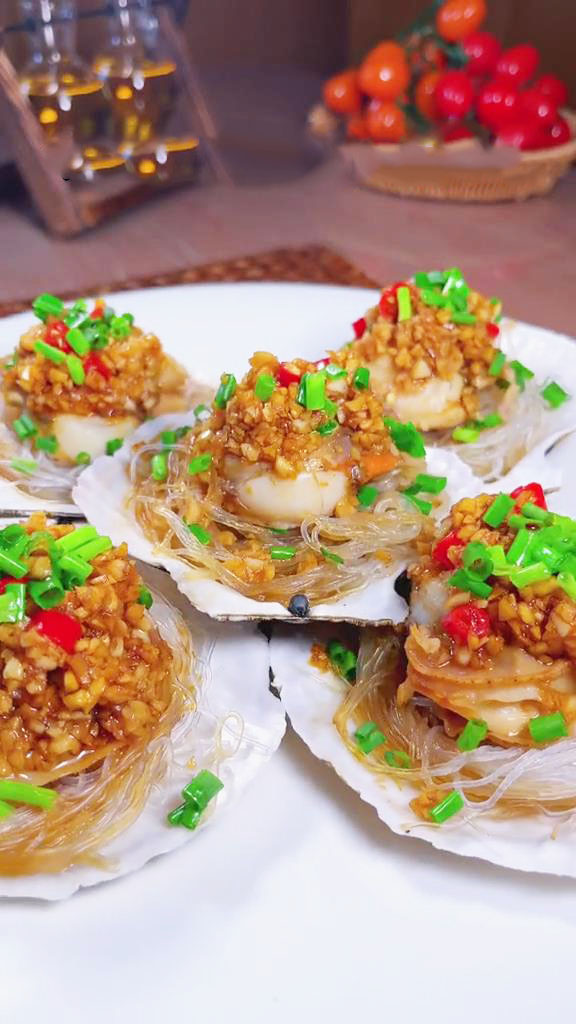
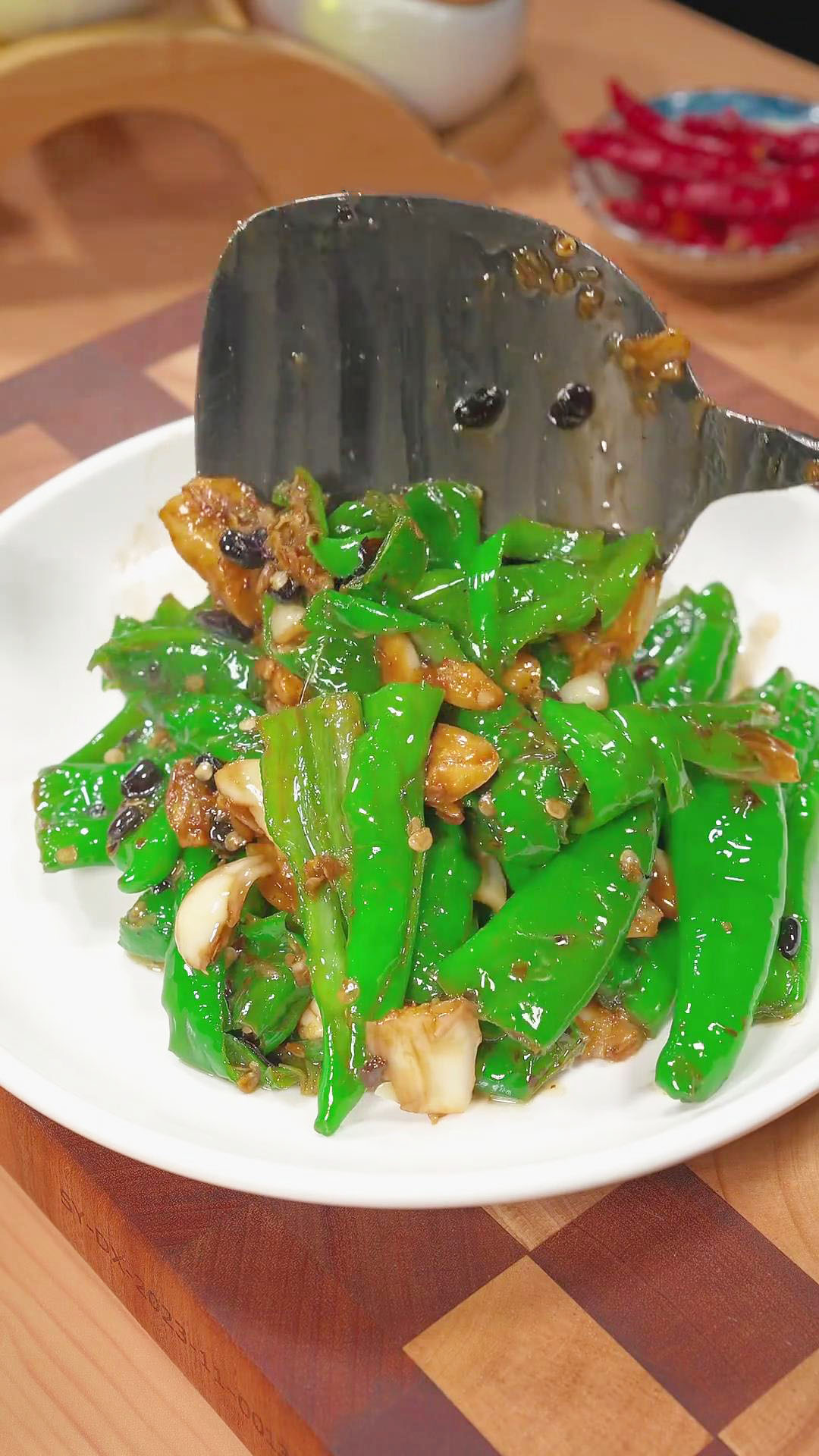
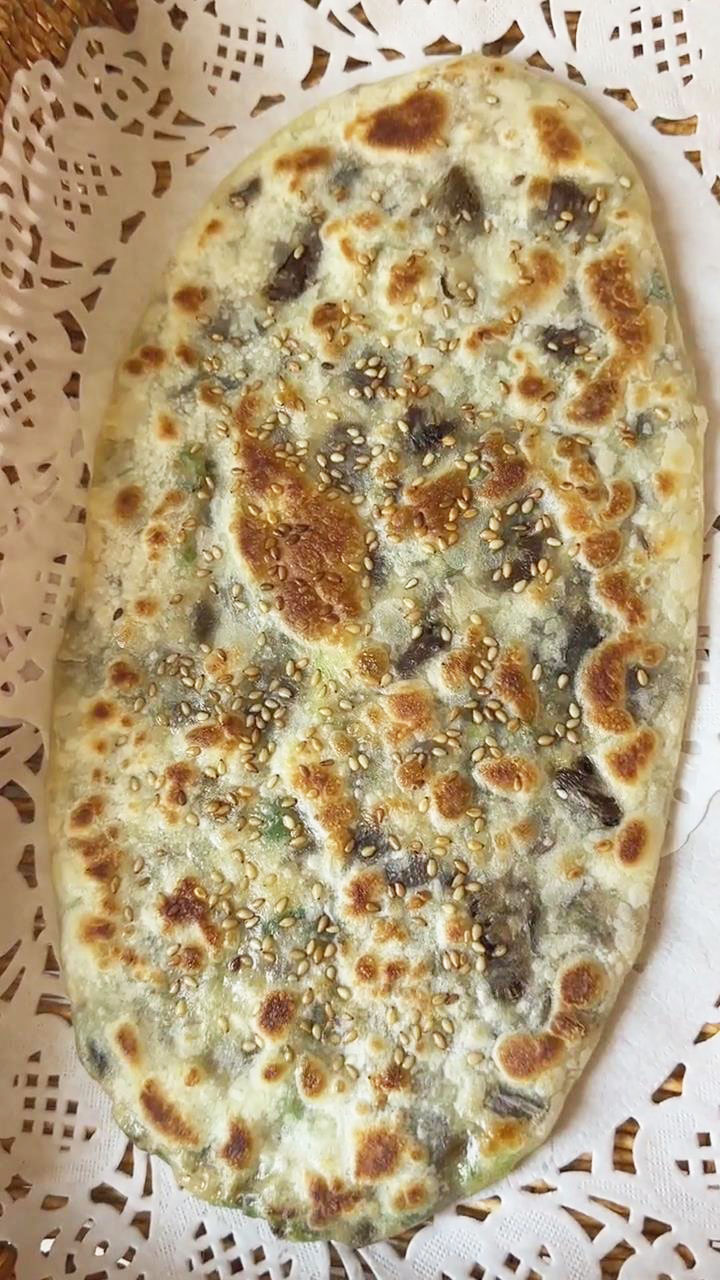
Are the wontons stuffed? I’m not sure but really want to make this! Thanks so much for your help. This looks incredibly delicious 😋
Hi Bea,
I’m glad to hear you’re interested in making these wontons.
Yes, wontons are indeed stuffed with a delicious filling. Typically, the filling includes a combination of minced meat (like pork or shrimp) and seasonings.
You can find many kinds of wonton from kitchenmisadventures with different fillings.